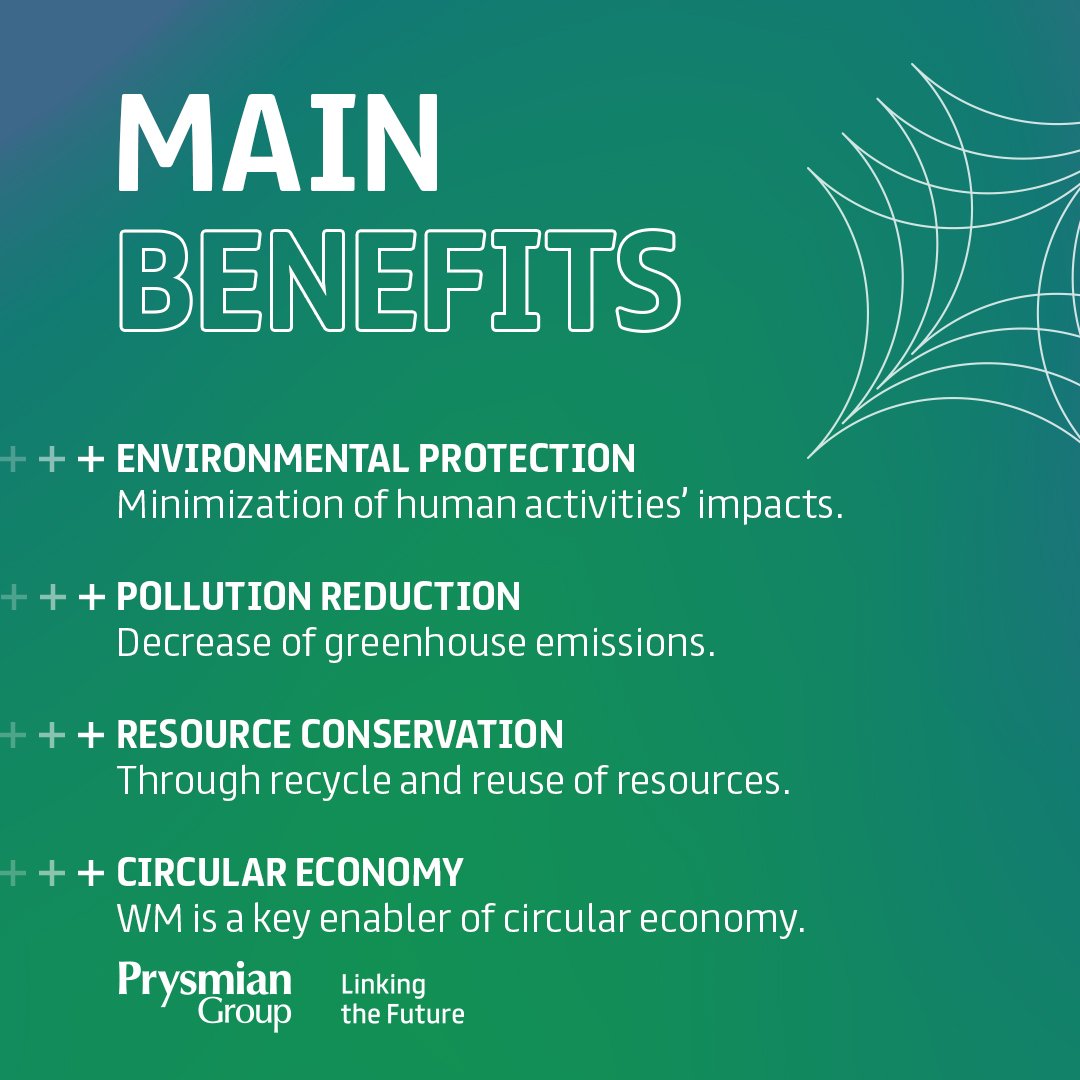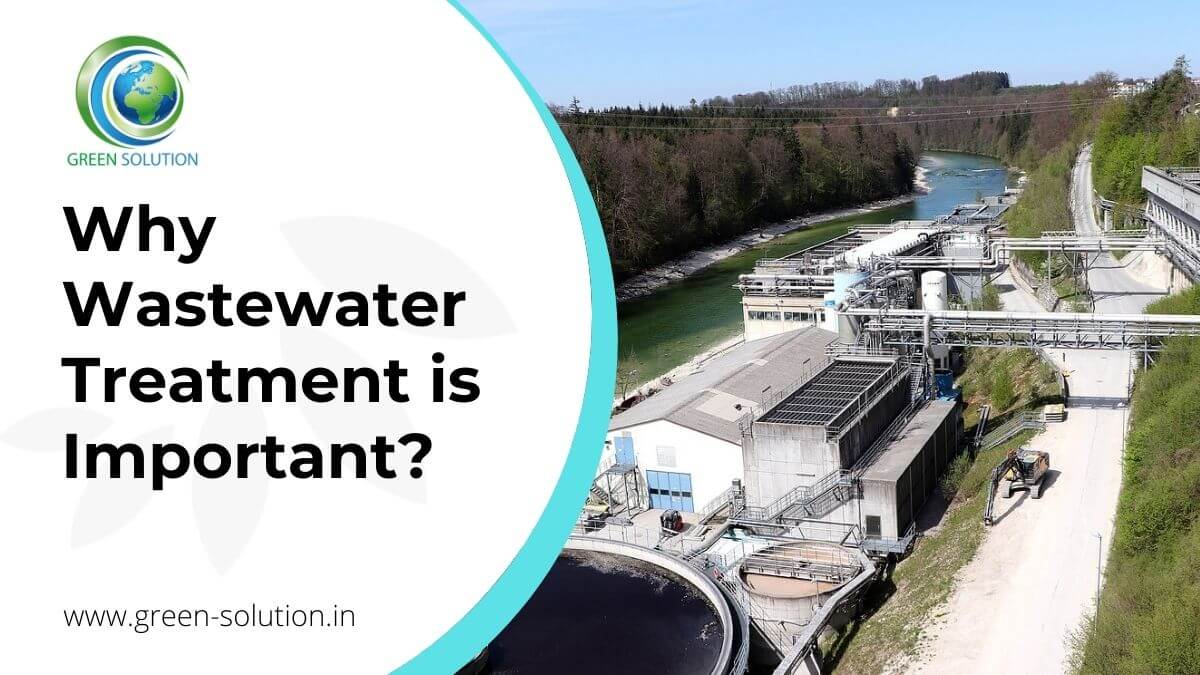Reclaim Waste Fundamentals Explained
Table of Contents6 Easy Facts About Reclaim Waste ExplainedThe 5-Minute Rule for Reclaim WasteThe Only Guide for Reclaim WasteThe Basic Principles Of Reclaim Waste Reclaim Waste for Beginners
Check out the kinds, incidents, and forms of fluid waste. Domestic sewer waste refers to the waste and items from a domestic septic system. This kind of waste is developed by people in houses, schools, and other structures. This only includes sewage-disposal tanks that have a drain area. The proper administration and disposal of domestic sewage waste call for liquid waste to be transferred to a sewer therapy plant where the appropriate approaches and equipment are applied to purify and deal with waste.
Business waste commonly includes potential dangers, such as combustible products or a mixture of fluid and strong waste products, and requires a much more innovative and comprehensive disposal process. The disposal of commercial waste usually entails the filtering of waste before transportation to ensure secure and correct disposal. Industrial waste is created from by-products and drainage of commercial processes and manufacturing.
This sort of waste can not use the exact same sewer monitoring transport or processes as septic or business fluids. The hazardous waste management process needs the assessment and testing of liquid waste before it goes through the disposal procedure (liquid waste removal). Drainage waste is the liquid waste that comes from drainage and excess stormwater in very booming areas or cities
Runoff waste can create contamination and flooding if not managed appropriately. Find out more concerning sewage system cleansing and waste administration. Making certain correct waste monitoring can protect against calamities and reduce ecological damage. Both individuals in residential settings and experts in commercial or manufacturing sectors can gain from comprehending the processes and regulations of fluid waste monitoring.
The Best Strategy To Use For Reclaim Waste
Call PROS Services today to learn more about our waste management and disposal solutions and the appropriate means to take care of the fluid waste you create.
(https://www.intensedebate.com/people/reclaimwaste1)Do you know what happens to your water when you draw the plug, flush the commode or drain pipes the washing maker? No? Well, it's worth recognizing. This supposed 'wastewater' is not just an essential source however, after therapy, will certainly be launched to our land, waterways or the ocean. Made use of water from toilets, showers, bathrooms, kitchen sinks, washings and commercial procedures is understood as wastewater.

water made use of to cool down machinery or clean plant and tools). Stormwater, a kind of wastewater, is overflow that moves from agricultural and urban areas such as roof coverings, parks, gardens, roadways, courses and seamless gutters right into stormwater drains, after rain. Stormwater streams neglected directly to local creeks or rivers, eventually reaching the ocean.
Reclaim Waste - Questions
In Queensland, many wastewater is treated at sewer therapy plants. Wastewater is delivered from residential or commercial websites via a system of sewage systems and pump terminals, referred to as sewage reticulation, to a sewer therapy plant. City governments build, maintain and run most sewer therapy plants. Operators are accredited under the Environmental Security Act 1994 to discharge cured wastewater at an appropriate ecological criterion into rivers.
The why not check here Division of Natural Resources encourages city governments concerning managing, operating and keeping sewage systems and therapy plants. In unsewered locations, neighborhood federal governments may call for owners to set up individual or home sewage treatment systems to deal with domestic wastewater from bathrooms, cooking areas, shower rooms and laundries. The Division of Natural Resources authorises making use of house systems when they are shown to be effective.
In some brand-new subdivisions, therapy of some stormwater to eliminate clutter, sand and gravel has started using gross contaminant traps. Wastewater therapy happens in 4 phases: Eliminates strong matter.
Wastewater then moves right into large containers where solids resolve and are gotten rid of as sludge. Grease and residue are skimmed from the surface. Makes use of tiny living microorganisms understands as micro-organisms to damage down and get rid of remaining liquified wastes and great particles. Micro-organisms and wastes are integrated in the sludge. Gets rid of nitrogen and phosphorus nutrients that could trigger algal flowers in our rivers and endanger water life.
Facts About Reclaim Waste Revealed
Nutrient removal is not available whatsoever sewage treatment plants because it needs pricey specialist tools. It is coming to be more usual in Queensland. Clear fluid effluent created after therapy might still consist of disease-causing micro-organisms. If this effluent is launched into waterways such as rivers or the sea, the micro-organisms will at some point pass away out.

A lot of wastewater streams into the sewerage system. Under the Act, local governments administer approvals and permits for environmentally pertinent activities (Periods) including wastewater releases that could have a local influence.
The 45-Second Trick For Reclaim Waste
Monitoring supplies factual info regarding water top quality and can confirm that permit conditions are being met. The information gotten through tracking supplies the basis for making water quality choices.